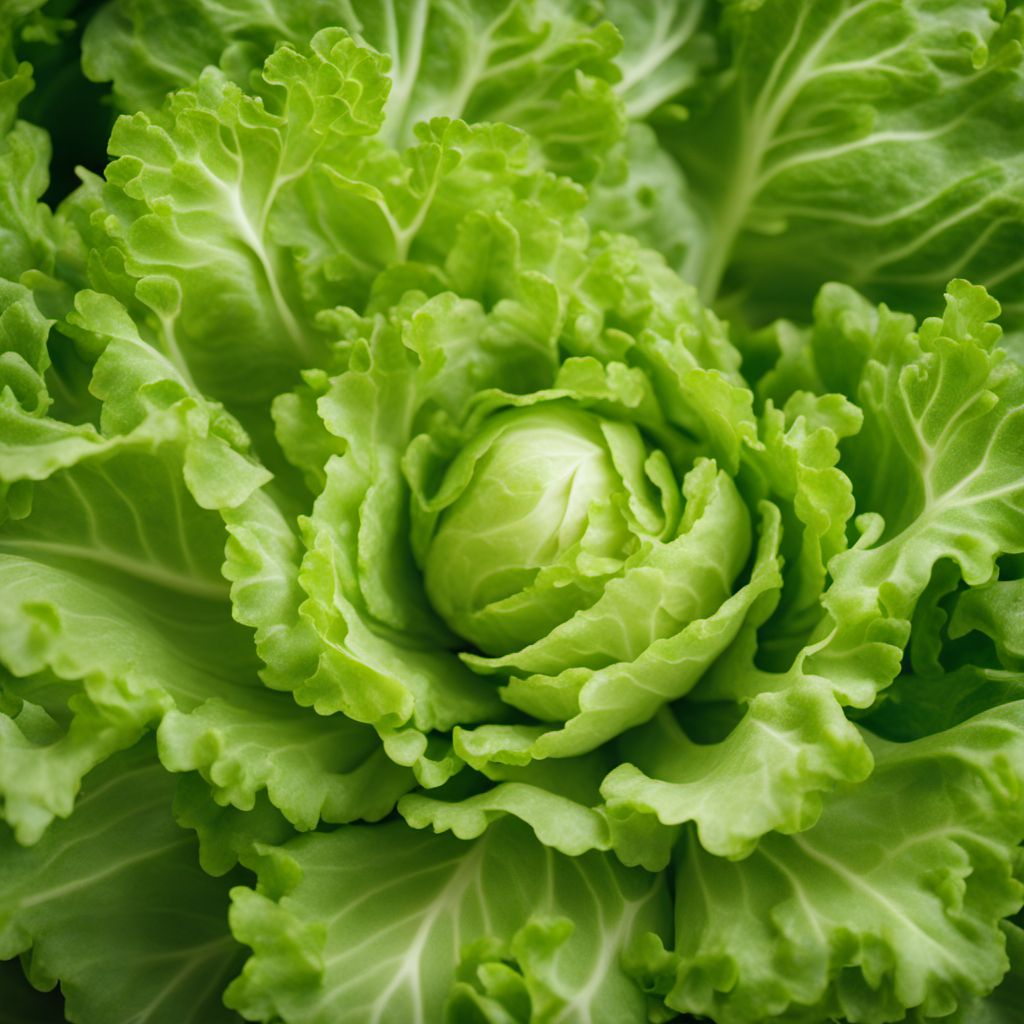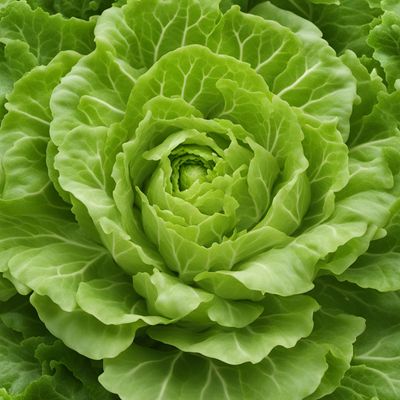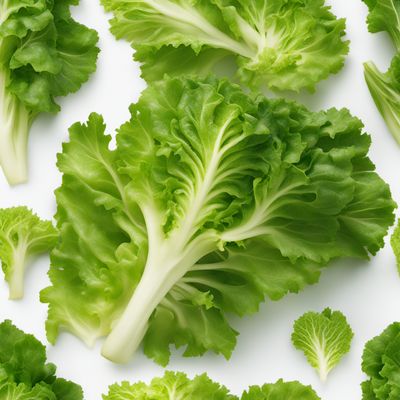
Ingredient
Lettuces and similar-
"The Verdant World of Leafy Greens"
Lettuces and similar greens encompass a wide range of leafy vegetables, including varieties like romaine, iceberg, butterhead, and arugula. These greens are characterized by their tender leaves, which can vary in shape, size, and color. Lettuces typically have a mild, slightly sweet flavor, while greens like arugula offer a peppery and slightly bitter taste. Their textures can range from crisp and crunchy to tender and delicate, adding a refreshing element to dishes. With their vibrant green hues and attractive leaf formations, lettuces and similar greens also contribute to the visual appeal of meals.
Origins and history
Lettuces and similar greens have a rich history dating back to ancient times. The cultivation of lettuce can be traced back to ancient Egypt and Greece, where it was highly regarded for its medicinal properties. Over time, lettuce spread throughout Europe and eventually made its way to the Americas during the colonization period. Today, lettuces and similar greens are cultivated worldwide and are an integral part of various cuisines.
Nutritional information
Lettuces and similar greens are low in calories and rich in essential nutrients. They are a good source of vitamins A, C, and K, as well as folate and fiber.
Allergens
Lettuces and similar greens are generally not associated with common allergens, making them suitable for most individuals.
How to select
When selecting lettuces and similar greens, look for crisp, vibrant leaves that are free from wilting or discoloration. Avoid any greens with slimy or yellowing leaves. Opt for organically grown varieties when possible to minimize exposure to pesticides.
Storage recommendations
To maintain the freshness of lettuces and similar greens, store them in a perforated plastic bag or airtight container in the refrigerator. Avoid washing them until ready to use, as excess moisture can cause wilting. Use within a few days for optimal taste and texture.
How to produce
Lettuces and similar greens can be easily grown by amateurs in home gardens or containers. They thrive in cool weather and require well-drained soil and regular watering. Start by sowing seeds or transplanting seedlings, and ensure they receive adequate sunlight for healthy growth.
Preparation tips
Before using lettuces and similar greens, wash them thoroughly to remove any dirt or debris. Gently pat them dry or use a salad spinner to remove excess moisture. Tear or chop the leaves as desired for salads, sandwiches, wraps, or as a bed for other ingredients. For cooked applications, such as sautéing or braising, add the greens towards the end of the cooking process to retain their vibrant color and crispness.
Substitutions
Spinach, kale, or Swiss chard can be used as substitutes for lettuces and similar greens in salads or cooked dishes.
Culinary uses
Lettuces and similar greens are commonly used in salads, sandwiches, wraps, and as a garnish for various dishes. They can also be sautéed, braised, or added to soups and stir-fries for a nutritious boost.
Availability
Lettuces and similar greens are widely available in grocery stores, supermarkets, and farmers markets throughout the year.




